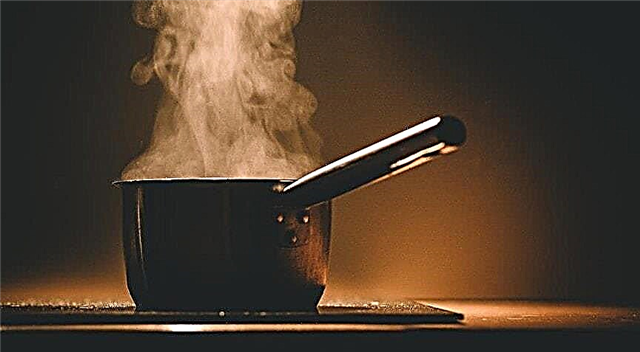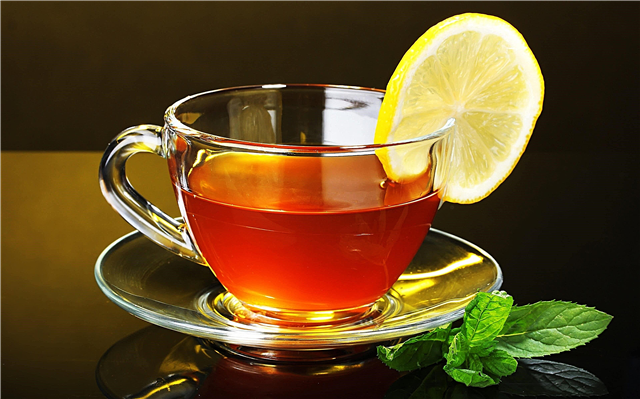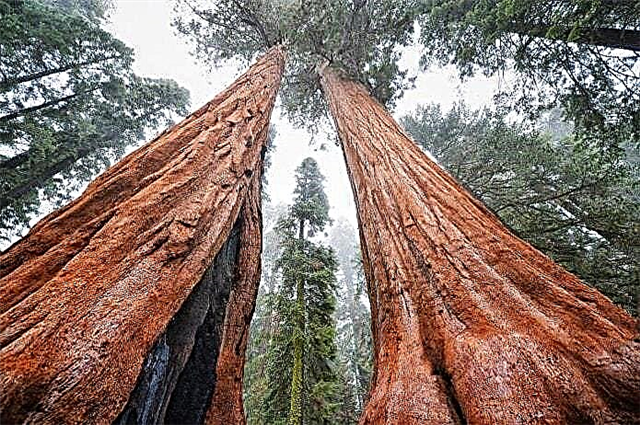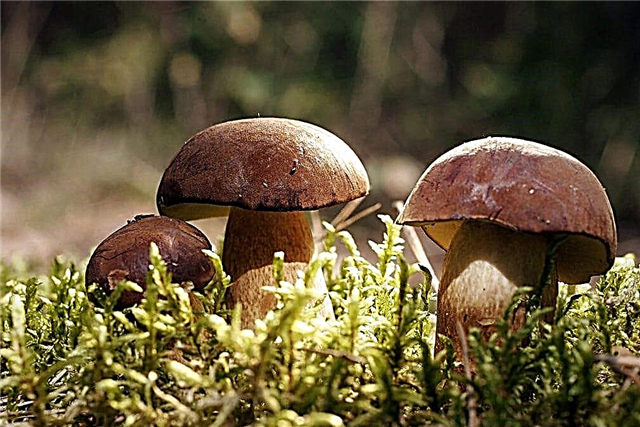
The leaves of the plants are colored green because they contain chlorophyll, a pigment that is present in plant cells. Chlorophyll absorbs sunlight and uses its energy to synthesize nutrients.
Color of leaves in autumn
In autumn, plant leaves lose their vibrant green color. For example, poplar leaves turn golden, while the maple tree appears to flash red. Some chemical transformations begin in the leaves, that is, something happens with chlorophyll.

With the advent of autumn, plants are preparing for winter. Nutrients slowly move from the leaves to the branches, trunk, root and are stored there, during severe colds. With the onset of spring, plants use stored energy to grow new green leaves.
Water, nutrients and leaves
When the energy of stored nutrients is exhausted, the synthesis of chlorophyll stops. The chlorophyll remaining in the leaves partially decomposes, while pigments of a different color are formed. Yellow and orange pigments appear in the leaves of some plants. These pigments are composed mostly of carotenes - substances that color carrots in orange. For example, the leaves of birch and hazel as the decay of chlorophyll become bright yellow, the leaves of some other trees acquire a variety of shades of red.

The red, dark cherry and purple hues of some leaves are due to the formation of the anthocyanin pigment. This pigment colors radish, red cabbage, rose and geranium. Under the influence of autumn cold, chemical reactions begin in the leaves, transforming chlorophyll into red-yellow compounds. Unlike carotenes and other yellow pigments, anthocyanin is generally absent in green leaves. It is formed in them only under the influence of cold. The color of autumn leaves, like the color of hair in humans, is genetically determined in each species of plant. But whether this color will be dull or bright depends on the weather.
When are the brightest colors of leaves?
The brightest, most juicy colors of leaves are in autumn, when cold, dry and sunny weather has been standing for a long time (at a temperature of 0 to 7 degrees Celsius the formation of anthocyanin is intensified). Beautiful autumn leaf colors can be found in places like Vermont. But, for example, in the UK, where the climate is rainy and the weather is cloudy almost all the time, autumn leaves are most often dull yellow or brown.
Autumn is coming, winter is coming. Together with the leaves, the plants lose their colorful colors. Leaves are attached to the branches with special cuttings. With the onset of winter cold, the connection between the cells that make up the cuttings breaks down. After this, the leaves remain bound to the branch only by thin vessels, through which water and nutrients enter the leaves. A light blow of wind or a drop of rain can break this ephemeral bond, and the leaves will fall to the ground, adding another color touch to the multi-colored thick carpet of fallen leaves.
Plants store food for the winter, like chipmunks and squirrels, but they do not accumulate it in the ground, but in branches, trunks and roots.
The leaves, into which the water stops flowing, dry out, fall off the trees and are picked up by the wind for a long time circling in the air until they settle on the forest paths, lining them with a crisp path. The yellow or red color of the leaves may persist for several weeks after they have fallen. But over time, the corresponding pigments are destroyed. The only thing that remains is tannin (yes, it is he who colors the tea).











